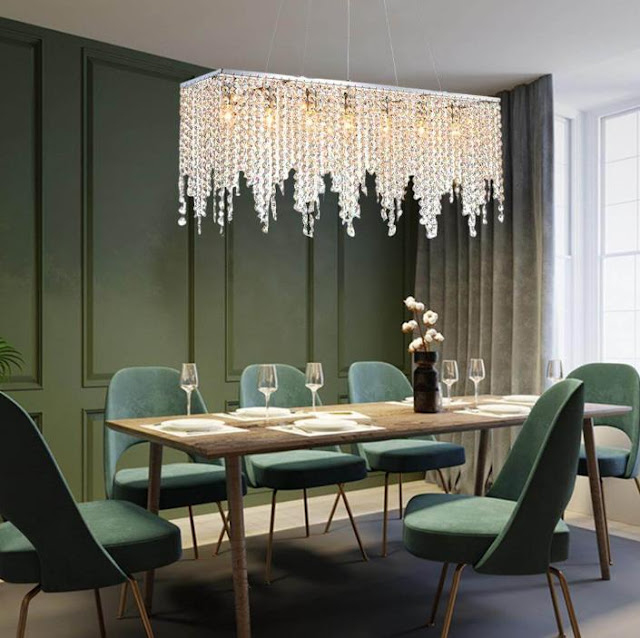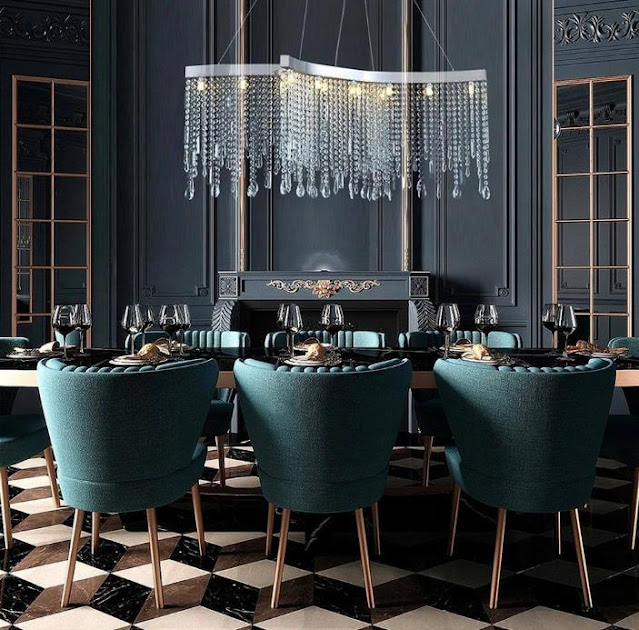The Basics of Lighting Layering for Your Home
Identify which areas of your home are underutilized when it comes to lighting
Identifying which areas of your home are underutilized when it comes to lighting can help you determine where best to spend money on additional fixtures or bulbs so that those spaces receive enough light throughout their designated uses. Once these areas have been identified, consider whether there are any ways in which these spaces could be improved upon with regard to their overall functionality through better utilization of natural light sources rather than artificial ones (such as installing skylights).
Lighting should be more than just practical
Layers also give materials their true appearance because they reveal shadows in objects and furniture as well as light sources themselves (such as lamps). With layered lighting there’s no need to hide these elements—they can add character to your living spaces by showing off their unique features!
No matter what time of day, you should be able to see everything in any room
Lighting should be bright enough for you to see everything clearly, even if it's dark outside.
This can be achieved by using light sources that do not emit too much heat and only if you don't have an air conditioning system installed in your home, otherwise, this won't make sense.
Think about how often you use the room
For living rooms or dining areas, think about how much light would be ideal during different times of day and in different seasons (the sun moves differently depending on where you live). Remember that while some rooms may need extra lighting during certain parts of the year—like winter—other places will see less sunlight as days get shorter. In addition to seasonal considerations, think about how often guests come over: if there are many family members who visit regularly and don’t mind sitting on the floor next to one another while watching movies together on their laptops rather than from living room couches with more comfortable chairs nearby then maybe less overhead lighting would suffice here compared with other areas such as bathrooms where frequent hand washing means hands won't necessarily touch anything else until after leaving again so these spaces could benefit from brighter lights since they'll likely have lots happening within them at any given moment!
Your fixtures' colors and materials should complement the style of your home
With this in mind, we've created a guide on how to choose lighting based on different styles of homes:
Traditional Homes - Traditional-style homes are often full of taupe wallpapers and neutral furniture. When choosing a traditional light fixture, keep these guidelines in mind:
- Consider using chandeliers or pendants (especially in large dining rooms).
- Use clear glass when possible so that it doesn't clash with other decor items such as clocks or mirrors hanging over tables.
Avoid glare whenever possible and think about how you want to utilize the light
To avoid glare, think about how you want to utilize the light in a room. For example:
If you're trying to avoid glare while reading or watching TV in your living room, try hanging curtains over windows or lamps with shades around them so that they don't shine directly on surfaces like tables and chairs where people sit down.*If you're looking for more natural light but don't want it too bright at night time when it's dark outside then consider using sheer curtains during the day while keeping them closed at night time so that there's less artificial lighting inside from lamps but still enough sunlight coming through them for aesthetics purposes.*Another option would be putting up blinds instead of curtains because they offer more privacy because they block out what goes on outside when closed as well as prevent direct sun exposure during sunny days which could potentially cause discomforting temperatures inside (especially if heating/cooling systems don't work very well).
Don't forget about task lights
Task lights can be mounted on furniture or wall-mounted—either way will suit your needs just fine! You can also use them for general ambiance by adding them in areas where you want some extra soft lighting without compromising any of the other sources around you (like table lamps).
You don't have to stick with typical ceiling-mounted models
- Consider table lamps.
- Use track lighting.
- Use wall sconces.
- Consider recessed lighting.
- Use chandeliers.
- Use pendants (that dangle from the ceiling).
- Sconces (hanging candle holders mounted on a wall or an arch).
Consider a dimmer switch or multiple switches if it's an option that makes sense in the space
If you're in a position to do so, consider installing dimmer switches. Dimmers can be used to create a romantic atmosphere and provide additional control over the brightness of your lighting. They can also help with creating a relaxing atmosphere by reducing harsh shadows and eliminating glare from lights.With that said, not all spaces are suitable for dimmers or have power options that make this possible. If you cannot install a dimmer or multiple switches, don't worry! You can still use light layering techniques by making adjustments within each fixture itself (such as using table lamps instead of wall sconces).
You don't have to have a lot of lights to make your home feel like it's filled with natural light
While it’s true that you can create a sense of spaciousness in your home with large windows or multiple skylights, smaller spaces can also benefit from this effect. A single light source can be used to illuminate the whole space, making it feel larger than it actually is. For example, if you have an office that is small and has no windows (or only one small window), place a lamp or two at the center of the ceiling so that all surfaces are illuminated equally.Another way to enhance the illusion of size through lighting is by adding texture onto ceilings and walls where there might otherwise not be any texture at all — like on flat white paint walls or hardwood floors — creating surface irregularities will make those flat surfaces seem more dimensional and interesting. This technique also allows you to use fewer lights overall because more light will come from indirect reflections off these textured areas rather than direct ones coming straight down onto them!
When it comes to lighting your home, you don’t need to spend a fortune. You just need to know what types of fixtures work best for each room in the house and then install them in the best possible place so that they can illuminate every corner of your home during daylight hours as well as at night time.











Comments
Post a Comment